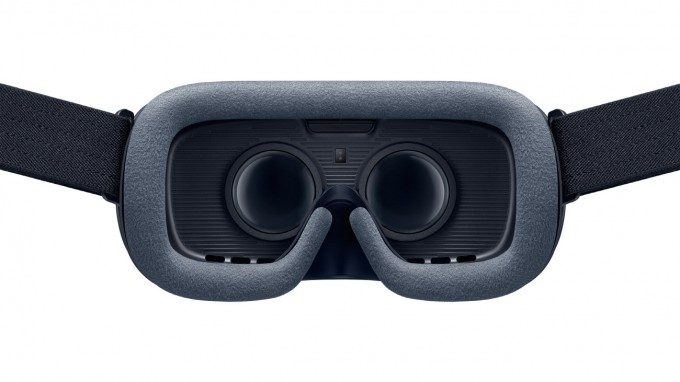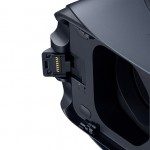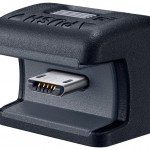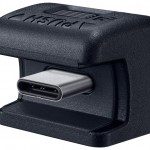Announced alongside the new Galaxy Note 7 smartphone last month, the 2016 Gear VR headset is new and improved, with thoughtful backward compatibility with prior Gear VR phones. Our pal Ritchie Djamhur explores the differences compared to the 2015 model.
Comparing the 2016 Gear VR to the 2015 version, Ritchie highlights notable improvements in the video above.
For one, the lenses are noticeably wider in the new model, translating to an improved 101 degree field of view compared to 96 degrees of prior models. While not a huge upgrade, Ritchie says the increase is definitely noticeable.
Also on the vision front, the perplexing white inside (around the lenses) of the old model has been replaced with black. Formerly with the white, it was easy to notice in your peripheral vision due to increased light reflection, only serving to highlight the tight field of view of the headset. The black backing of the new model is less distracting and compounds with the improved field of view.
Ritchie also shows how the USB-C and MicroUSB adapters work to make the headset compatible with the widest range of Samsung phones yet: the Note 5, S6 Edge+, S6, S6 Edge, S7, S7 Edge, and Note 7. Just snap the USB-C tip off and slap on the included MicroUSB adapter depending upon your phone. For the phones of varying sizes, you can slide the connector forward or backward for a secure fit. Samsung also thoughtfully included a USB-C to MicroUSB adapter for the charging port on the bottom of the headset in case you need to keep your phone juiced for extended VR sessions. See our full list of Gear VR phone compatibility for all Gear VR models.
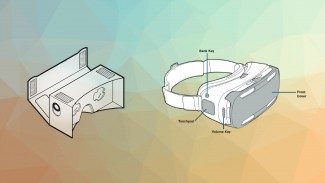
One thing that still feels missing from the new Gear VR, Ritchie says, is an IPD adjustment to change the distance between the lenses and a lens-to-eye adjustment to maximize field of view and make more room for glasses wearers.
The 2016 Gear VR runs $100 and remains a well-priced add-on for anyone that already owns one of the compatible Samsung phones.

